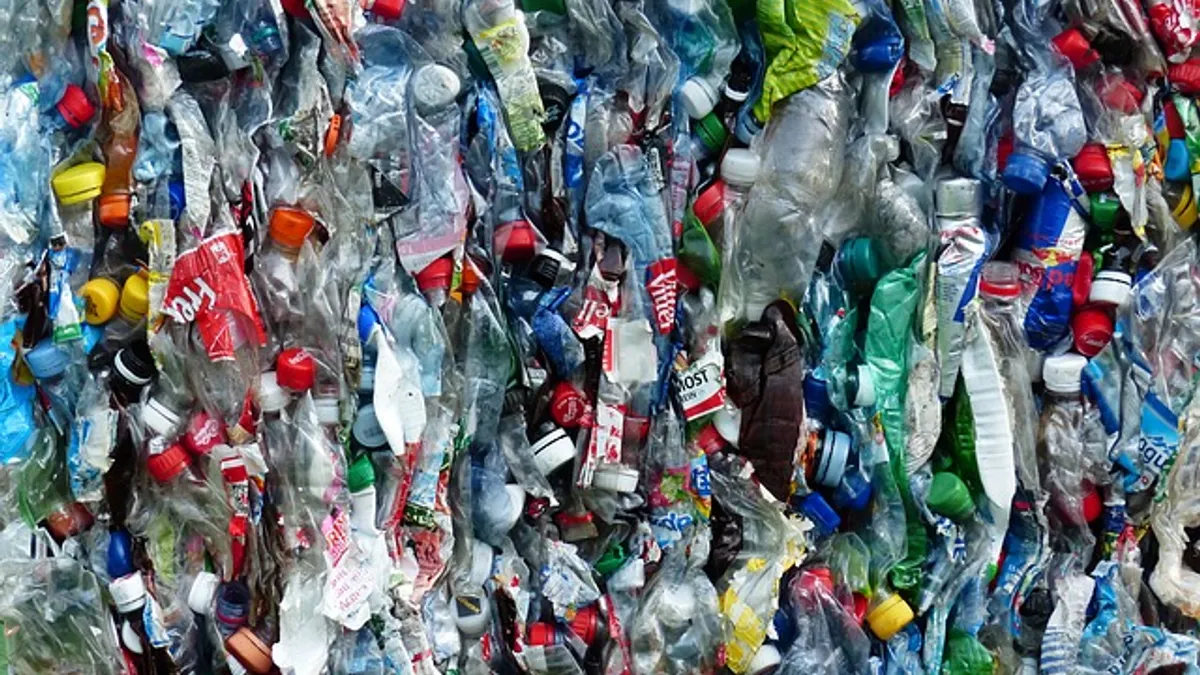Dive Brief:
- GEP Fuel & Energy Indiana, a partnership between U.S. Energy Logistics and GEP Fuels, has announced plans for a new $300 million project in the town of Camden, IN. The operation will have the capacity to process more than 1 million tons of plastic per year, as reported by Lafayette Journal & Courier.
- Material will be brought in by rail and, as reported by Recycling Today, a large portion of it will be auto shredder residue. A $100 million recycling facility will sort out material with resale value. The remainder will be transported via a conveyor line to a $200 million refinery that will produce roughly 75% diesel and 25% high-grade gasoline.
- The Indiana Economic Development Corporation has granted up to $2 million in conditional tax credits that require the facility to hire local residents. Construction is expected to begin during the first quarter of 2017 and an estimated 245 jobs will be available once both facilities are complete.
Dive Insight:
Indiana, a state that is barely a fifth of the way toward its 50% diversion goal, has proven receptive to new plastic-to-fuel projects. RES Polyflow is also building a facility in the state — which it hopes to make a regional hub — that will process plastic into diesel and gasoline varieties and is expected to open in 2019. For the GEP facility, rail connection serviced by U.S. Rail Corp will also open up additional opportunities for the region.
The GEP project's regional proximity to auto manufacturers could end up being beneficial for recyclers as well. The Society of the Plastics Industry recently prioritized plastic recovery from the 15 million vehicles that are scrapped in the U.S. each a year through a new demonstration project.
Finding use for types of plastic that have minimal value on the commodity market is an ongoing focus for researchers and "zero waste" advocates alike who don't see traditional combustion facilities as the best option. While companies continue to see potential in plastic-to-oil technology, it has yet to take off in a big way. Research is also ongoing into other conversion technologies that could eventually be the basis of their own multi-million dollar projects.















